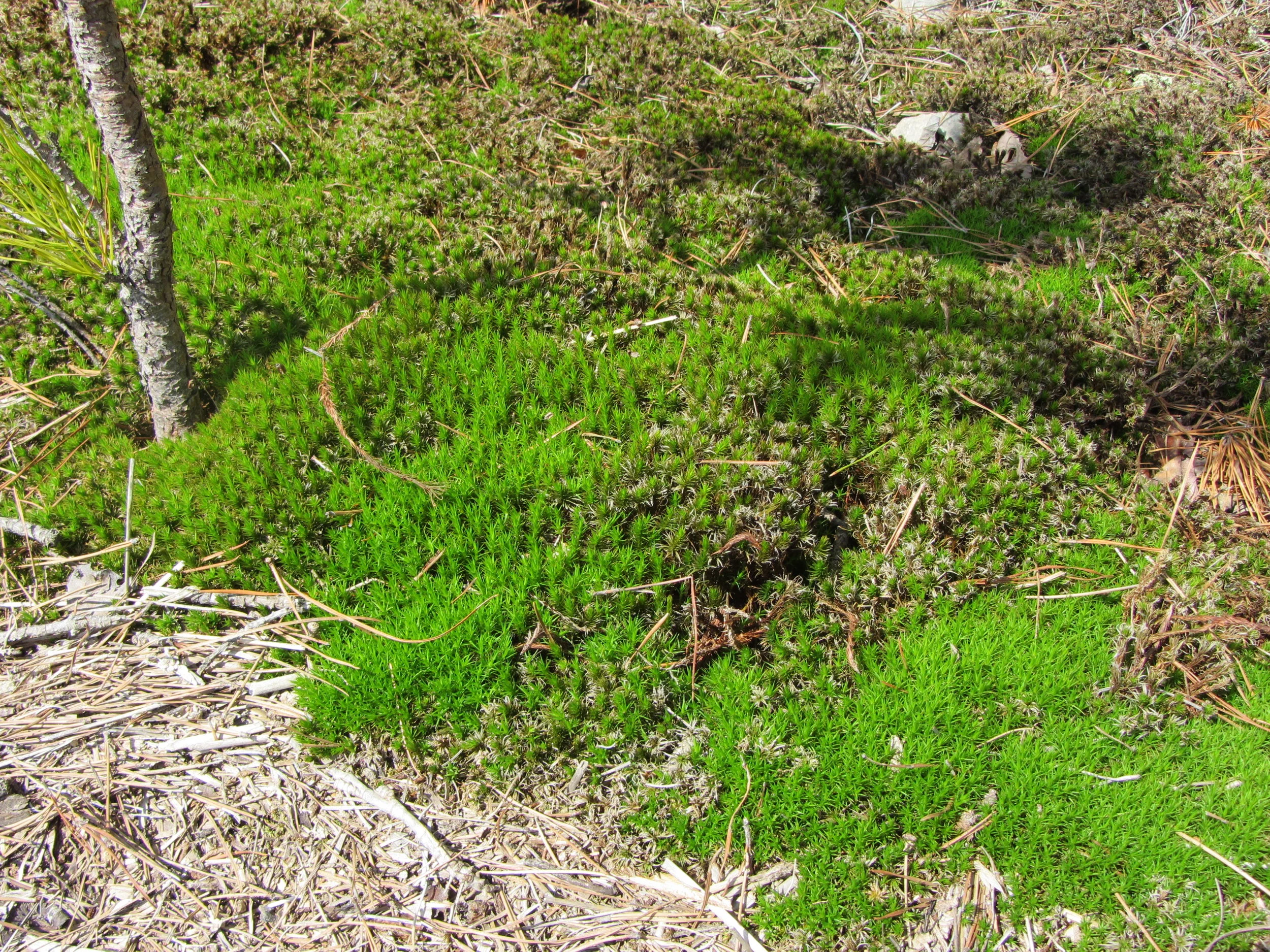bryophyte biogeography
Biogeographers study the distributions of plants, animals, and ecosystems across space and time. Changes in organismal or systems distributions are not a static, but rather an ever dynamic model of change and reorganization. In fact, such changes at the molecular (genetic) level can be assessed using novel methods. Therefore, it is important to include not only the where but, more importantly, the how and why these changes have occurred.
Bryophytes occur on every continent, and in every habitat, where vascular plants reside (Glime 2007). In fact, bryophytes are the dominant plants, in species diversity and biomass, in a number of regions in the world. On the continent of Antarctica, only three species of vascular plants are known to persist, Deschampsia antarctica Desvaux (Antarctic hairgrass), Poa annua Linnaeus (annual bluegrass), and Colobanthus quitensis (Kunth) Bartling (Antarctic pearlwort), the remaining flora consists of mosses and liverworts (Bednarek-Ochyra et al. 2000; Ochyra et al. 2008). In the higher latitudes of arctic tundra ecosystems, species richness declines in both vascular and non-vascular plants. However the decrease in the bryophytes is much less than that of vascular plants which leads to an increase in the relative abundance of bryophytes (Jägerbrand et al. 2011). Longton (1982) suggested bryophytes are highly significant in terms of cover, richness, biomass, and production in polar ecosystems. Rozzi et al. (2008) demonstrate an inversion between vascular and non-vascular plant diversity in the sub-Antarctic Magellanic region of southwestern South America.
Bryophytes and flowering plants share surprisingly similar biogeographic patterns on the global scale. The mechanisms by which these patterns arise, however, are strikingly different (Patiño and Vanderpoorten 2018). While the flowering plants owe much of their extant diversity to vicariance and subsequent in-situ diversification (Givnish 2010), bryophytes have a much greater capacity for long-distance dispersal and thus have a strong tendency to rapidly expand their range (Szövény 2012). Consequently, bryophytes show lower rates of endemism than angiosperms at all taxonomic and spatial scales (Patiño and Vanderpoorten 2018), and lower spatial genetic structure at large geographic scales. Further, because of this capacity for long-distance dispersal, many bryophytes tend to violate the fundamental tenets of Macarthur and Wilson’s model of island biogeography (Sundberg 2005). In all, this suggests that community assembly in bryophytes is more constrained by environmental filtering rather than dispersal capacity.
A good site for additional information on “bryogeography” is the Australian National Herbarium’s website located here.
